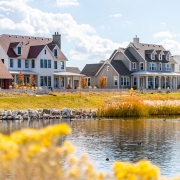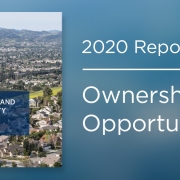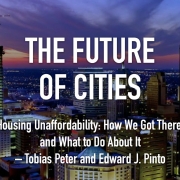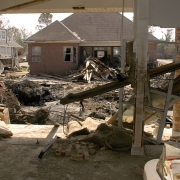Utah Urged to Build More Single-Family Homes
By: Tony Semerad
On: Salt Lake Tribune
More people are moving to Utah just as many millennials are taking a new look at homebuying instead of renting.
To offer enough affordable homes and keep the state’s economy on the mend in the COVID-19 era, cities and developers may need to do something radical. They may need to go back in time.
At least, back to when homebuilders focused more on single-family houses with bigger lots, an approach to growth that many planners now view as “sprawl” and that rapidly expanded the Wasatch Front metropolitan area.
Top researchers at a Houston think tank brought that vision to Utah leaders this week, arguing the state should put aside its “smart growth” strategies of higher-density homes around business centers in favor of what they call “smart sprawl.”
They point to the rising exodus from places like San Francisco and New York, with people fleeing closely built apartments and condominiums for Utah’s more open spaces and lower cost of living.
“If we’re going to see future lockdowns, which is not beyond the pale, what you’ll find is that you’re a lot better off in a house with a backyard than you are in a one-bedroom apartment,” said Joel Kotkin, an author and presidential fellow in urban futures at Chapman University in Southern California.
Kotkin and Wendell Cox, a senior fellow at the nonprofit Urban Reform Institute, pitched a future scenario in sharp contrast to Utah’s current trajectory, which has led to an urban boom in recent years of apartments and town home construction near mass transit.
Why Utah might reconsider sprawl
Utah has a sizzling housing market overall, with sales of existing single-family homes and condos beating earlier signs of a pandemic slump. Nearly 31,822 homes changed hands across the five-county metropolitan area between January and September, up 4% over sales for those same months in 2019.
Fueling the trend, according to the Salt Lake Board of Realtors, are “many out-of-state buyers,” low interest rates and a new thirst for suburban life.
Read the rest of this piece at Salt Lake Tribune.




 Sean Pollock, via Unsplash
Sean Pollock, via Unsplash
 NARA, public domain
NARA, public domain

